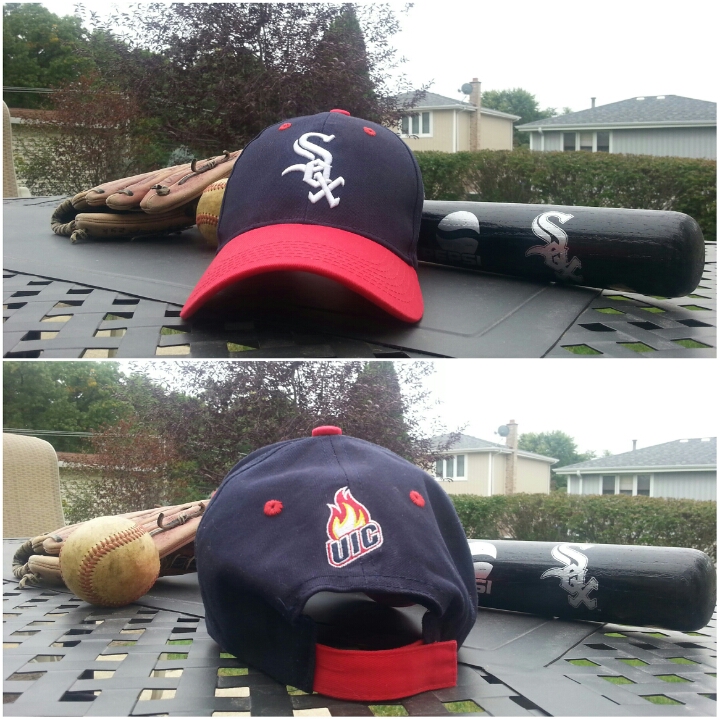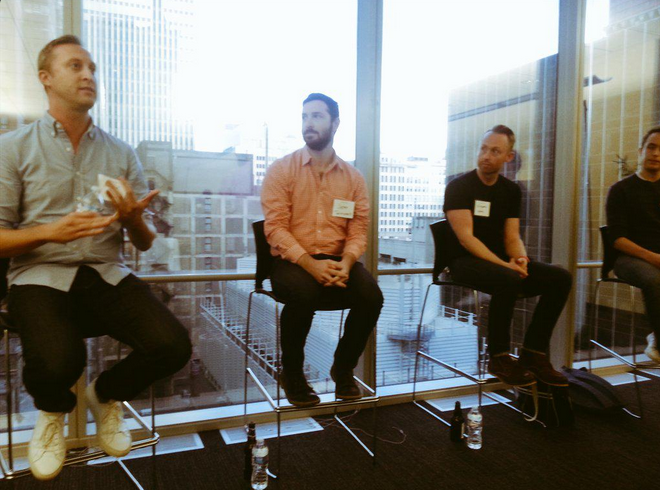As baseball’s regular season comes to a close, my beloved White Sox were unfortunately nowhere near making the post-season. Even though the team was bad this season, there is something incredibly good about the organization as a whole: their customer service. I had a positive experience with them recently that I believe quite a few companies can learn from (cough Comcast cough).
When I heard that the Sox were hosting UIC Night, I immediately wanted to go. It was the perfect combination for me: my school, my team, and free UIC/Sox hats. My friends and I — all UIC alumni — quickly purchased tickets while overlooking one major detail. In order to receive the free hat, you had to buy tickets in designated sections, which we did not realize at the time and did not do.
So, as a Social Media Manager, I reached out to the organization in the best way I know how: Twitter. I tweeted at them calmly explaining my issue and within an hour, was tweeted back with a particular phone number to call. On the other end of the line was a gentleman named Pat, who was so accommodating and kind (he became known as ‘Pat, The Hat Man’ among our group). He told me he was going to talk to the appropriate individuals and try to get us hats as both White Sox fans and UIC alumni. It took a few days, but I was later put in touch with another kind employee of the Sox, Reynel. Within the week, Reynel had four new, beautiful hats arrive on my doorstep.
The major takeaway here for other businesses is how I felt after the fact. The White Sox had gone out of their way to help me with something so small when they easily could have brushed me off their shoulder. They left me with a content feeling, knowing that my organization does care about its fans. It makes me want to continue to attend games, purchase merchandise, and remain loyal to my team — thus, their good customer service secured my position as a patron.
However, bad customer service is a great way to quickly lose not only good will from clients but potentially their business altogether. Bad service comes in many forms: rude comments, ignoring emails, no follow-up, major apathy, so on and so forth. Companies can evade all of these issues quite easily but too often, are too busy or too lazy to ensure small problems do not become big issues.
Last month, I attended a panel at Sprout Social about customer service in the social media sphere. I learned a great deal of valuable information, which can be summarized by Tim Bakeris, who works in Twitter customer service for Venmo: “Own it.” Owning a customer’s issue from start to finish is an excellent way to make sure that it gets resolved, rather than floating along from person to person with no avail. This keeps your clients happy and continuing to be just that: clients rather than former clients.
To help you win at customer service, I created this four-step guide:
- Acknowledge the problem
Letting your customers know that you understand their issue creates positive rapport between the two of you. It lets them know that you also recognize a problem that needs to be fixed. They may be angry or snappy with you, but remain kind. They will be more willing to work with you if they can sense that you want to work with them too.
- Figure out a solution or at a minimum, the promise of a solution
If you know what the fix is to the problem immediately, take care of the issue as soon as possible. If you must first discuss the issue with another individual, say something along the lines of “I am working to fix this issue now. I apologize for the inconvenience and will be in touch with you again shortly.” This tells the upset customer that action is being taken, and they are not being ignored or forgotten.
- OWN IT
Make sure that you stay true to your promise and are following through on the resolution. If that means sending out coupons or refunds, make sure it gets done. If that means talking to a higher-up to fix the issue, do so as soon as you can and then, ensure it gets solved in a timely manner. As a customer myself, there is nothing more aggravating than not hearing back from my customer service rep and having to nag.
- Thank them
Thanking a client for bringing the issue to your attention tells them that you want to ensure that this doesn’t happen again in the future. It tells them that you appreciate their business and want them to have a good experience with your product or service.





